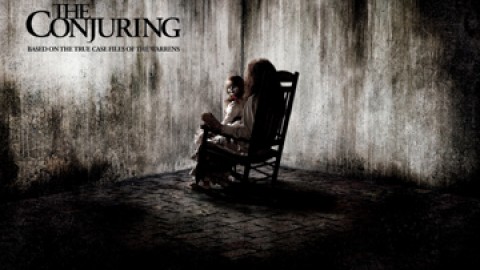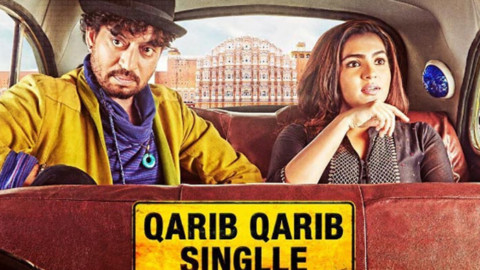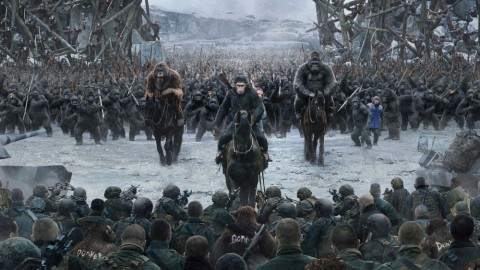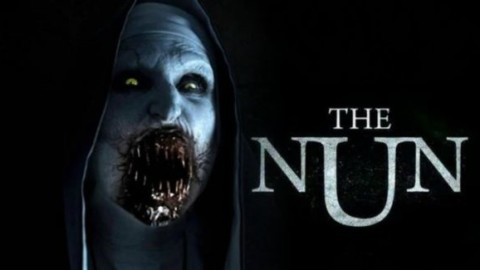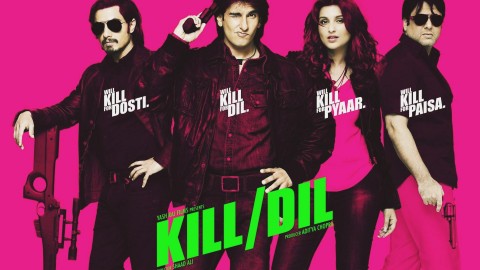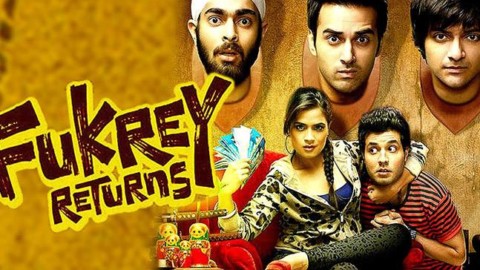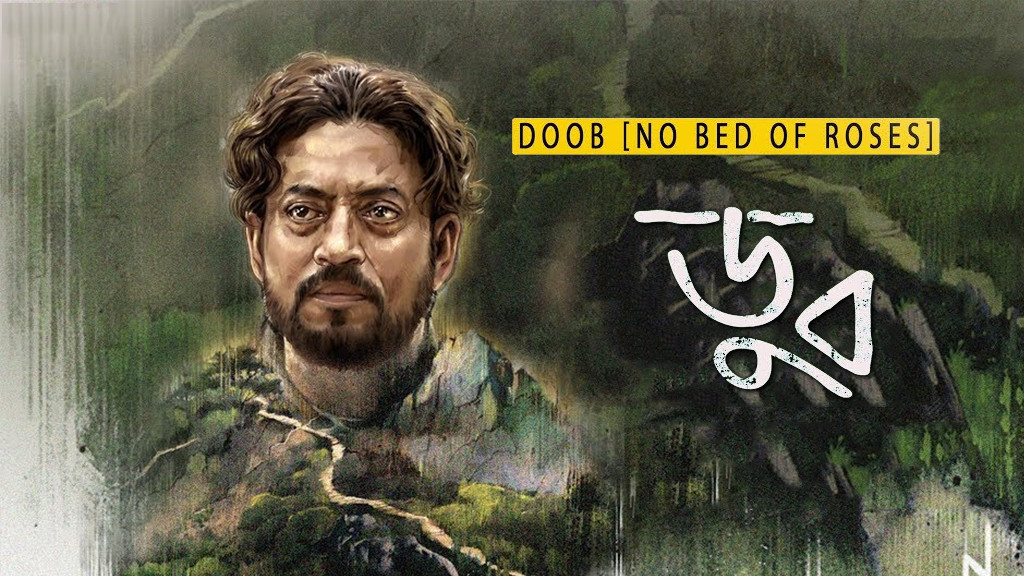 If one considers the contemporary Bengali cinema, that is the films made in Bengali language, Mostofa Sarwar Farooki’s ‘Doob’ undoubtedly shifts from the conventional paradigm of imagery and narration and succeeds in delivering its viewers a refreshing experience. And more significantly, despites its shortcomings, the experience of watching ‘Doob’ is absolutely ‘cinematic’, a rarity in the current crop of Bengali films.
If one considers the contemporary Bengali cinema, that is the films made in Bengali language, Mostofa Sarwar Farooki’s ‘Doob’ undoubtedly shifts from the conventional paradigm of imagery and narration and succeeds in delivering its viewers a refreshing experience. And more significantly, despites its shortcomings, the experience of watching ‘Doob’ is absolutely ‘cinematic’, a rarity in the current crop of Bengali films.
The plot primarily deals with a successful filmmaker called Javed Hasan. This man who is used to all kinds of popularity and often making headlines, suddenly finds his conjugal and family life under threat when the lead actress of his upcoming film Neetu discloses their intimate relationship to the media. This leads to tension and the film’s core crisis. Hereon, the narrative almost waits patiently as Javed’s relationship with his wife Maya, son Ahir and his daughter Saberi deteriorates and disintegrates. Incidentally, Saberi and Neetu were childhood friends and classmates; thus, in a way, the bitterness of the breaking down of personal and social relations gets an added dimension. Finally, after Javed and Maya are divorced, he marries Neetu and starts a new family but somehow even this personal decision results in the couple being put to the trial by a larger orthodox social structure.
Visualisation is certainly the most precious asset of this film. Sheikh Rajibul Islam’s use of both long shots and long takes result in an overall movement and rhythm which is extremely satisfying. Be it the close ups shot indoors, or natural landscape or urban cityscape shot outdoors, the camera work never seems hurried. The camera is both aware as well as respectful about the pro-filmic reality and therefore even the spectator also finds comfortable time to engage with the image in detail. Mostly, this style liberates the film from a redundant Television-like experience filled with mid-shots and succeeds in reviving the memory of the big-screen appeal. In this context, one can recall the school reunion scene towards the beginning which takes place in a large hall; Saberi and Neetu are encountered for the first time. Depending simply on composition and some minimal camera movements, this scene successfully establishes the two friends and the growing distance between them, with hardly any words spent.
Another commendable aspect of the film is its mature approach to an adult content. In terms of looking at the characters and their crises from an objective distance, the cinematic craft plays a considerable role. But the problems with the film also have their roots here. Right from the first scene, the style which is developed gradually, ends up becoming more powerful and overbearing compared to the content. The film loses the balance between narrative and narration, becoming somewhat confused. And the responsibility for this lack definitely lies with the director. For a prolonged period of time, the film becomes just a self-indulgent exercise in visual aesthetics. Shot durations become unnecessary long, events are often superfluously sent off-screen and trapped within an editing structure adapted right from the first scene, the resolution keeps getting deferred. In other words, the primary flaw of the film is that of an inconsistent direction.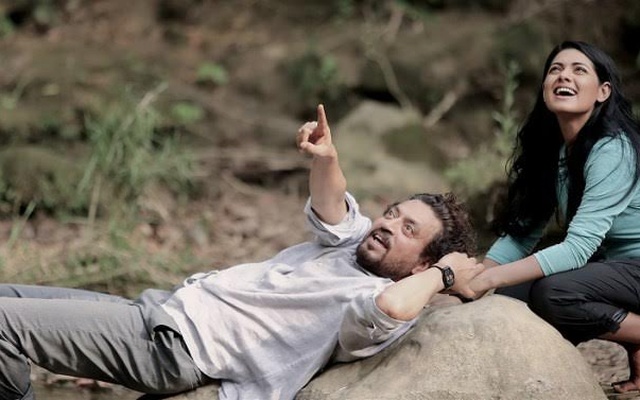
Overall, the acting in the film could’ve been described as high calibre if not for the Bengali diction of Irrfan Khan in the main role. To hear this international star, pronounce every word with discomfort is not just an assault to the ears but also interferes with the overall aural experience of the film. Probably to control this to an extent, a large section of Irrfan’s lines are in English; but that actually enhances the problem especially during dialogue exchange in dramatic moments. But his expression as well as body language, during the silent moments, is quite gratifying. In the aural context, the sound design in quite a few scenes throughout the film is unexpectedly amateurish. In a flashback scene in a police station, one can notice major problems in sound balance when the officer in charge is talking.
The three main female characters, I.e. Maya, Saberi and Neetu played respectively by Rokeya Prachi, Nusrat Imrose Tisha and Parno Mitra are certainly worth mentioning because of their commendable performances. But due to certain lacks and weaknesses in the screenplay and direction, these characters are not dealt properly within the narrative itself. The mature way in which the characters are presented at the beginning, loses the steam somewhere in the middle and finally the character arcs fall victim to conventional stereotypes. Instead of complex characterizations, a clear bias develops towards the first wife and the daughter. The way an orthodox social structure becomes morally judgmental about Javed’s second wife, the film fails to maintain a critical distance from that. The exposition of a complex narrative ends in a black and white moral epilogue.
Finally, evaluating the film, two points are equally relevant. ‘Doob’ will certainly be considered as a memorable film in recent times, mainly due to its filmmaking craft. The film should be lauded for bringing back a leisurely pace and silence to Bengali cinema which have become largely absent if not extinct.
My Verdict
My Ratings
3.5
The fact that the film based on a narrative involving some people from present day Dhaka, is completely dependent on a style or language derived from European art-house cinema of the 1960s-70s; this definitely throws up a series of questions anyway.

